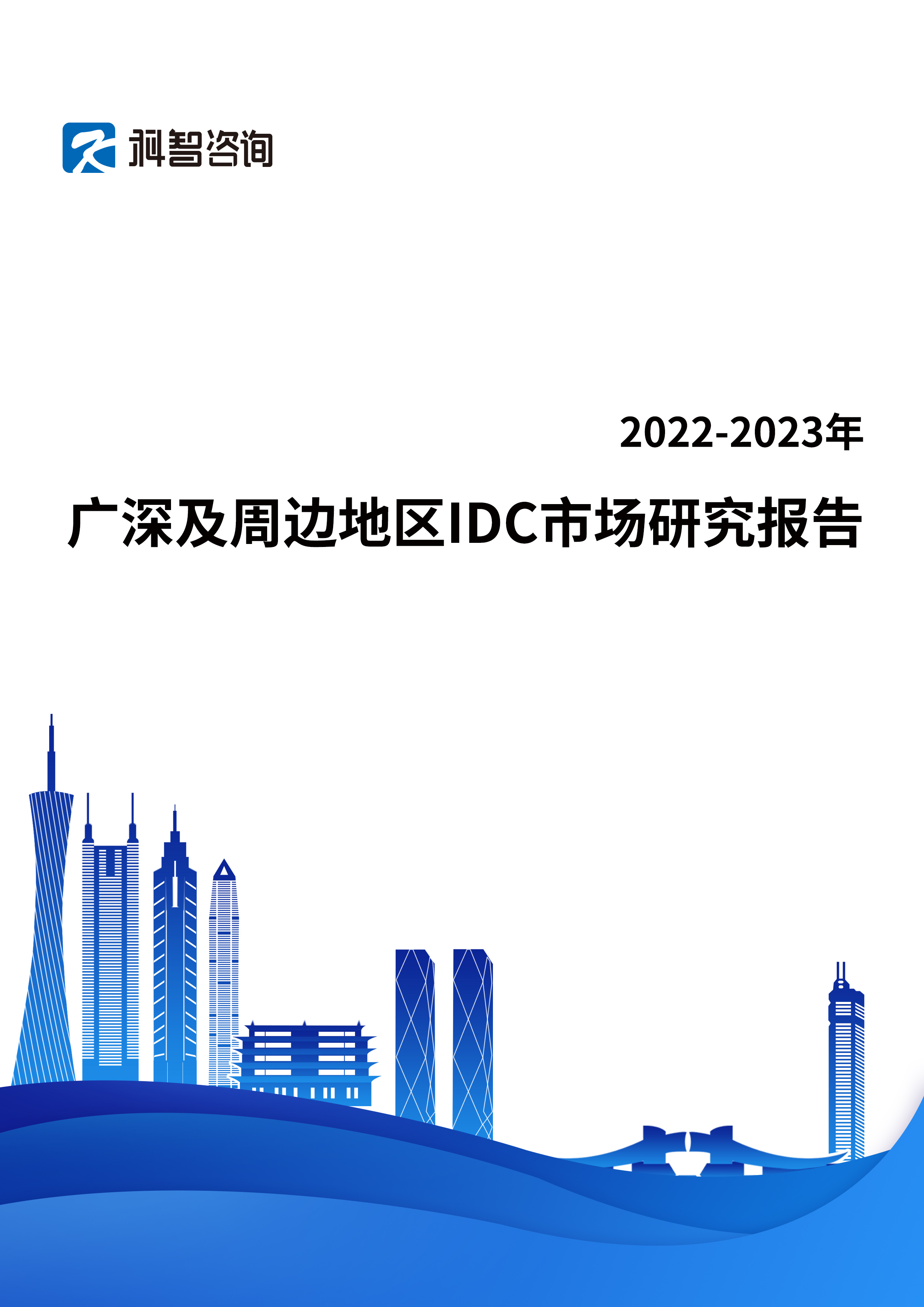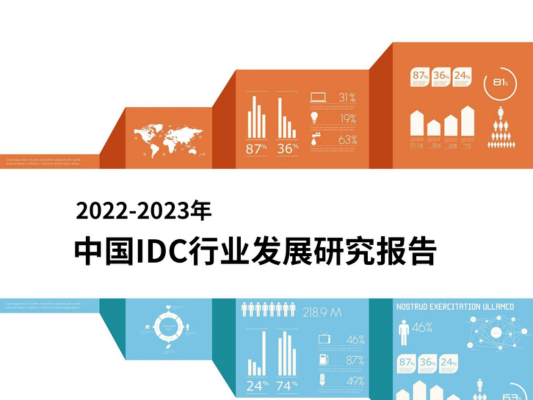Dell Technologies’s Tim Loake explains how AI, liquid cooling and hybrid systems are reshaping data centre efficiency and reducing environmental impact
As data centres face rising performance demands and mounting energy pressures, operators are seeking ways to improve cooling efficiency without compromising capability.
At the centre of this push is Dell Technologies.
Tim Loake, Vice President of the Infrastructure Solutions Group at Dell Technologies, has spent nearly 20 years with the company.
His work focuses on applying new technologies to help organisations build energy-efficient data centres designed for long-term performance.
Speaking to Data Centre Magazine, Tim shares how Dell is addressing energy use through intelligent cooling design, real-world solutions and forward-looking strategies.
How is AI currently being utilised to improve energy efficiency in data centres and what impact has this had so far?
AI is transforming data centre cooling by introducing intelligent, adaptable and automated solutions.
Instead of relying on traditional, static methods, AI-driven systems can analyse conditions in real-time, including server workloads and external factors such as temperature and humidity.
This allows organisations to proactively adjust cooling strategies with predictive insights.
By precisely managing cooling, data centres can reduce waste and dramatically improve energy efficiency.
Cooling can account for 30–40% of a facility’s total energy consumption so targeted AI-driven optimisations can lead to lower operational costs and help businesses meet energy targets – all without compromising essential computing performance.
Can you explain the advantages and challenges of transitioning from traditional air cooling to advanced liquid or hybrid cooling systems within data centres?
Transitioning data centres from traditional air cooling to advanced liquid or hybrid systems unlocks significant advantages.
For instance, liquid cooling’s superior thermal conductivity means that a greater proportion of energy is used for IT workloads rather than wasted elsewhere.
However, making the switch comes with important considerations.
A full transition to Direct Liquid Cooling (DLC), for example, can increase complexity and hinder system serviceability.
That’s where hybrid systems shine by mixing the relative simplicity of air cooling with the efficiency of liquid cooling. They maintain the serviceability and configurability of cooling systems while cutting cooling power consumption, bridging the gap between performance and practicality.
Are there any recent case studies or examples where Dell has successfully implemented advanced cooling strategies to reduce energy consumption and environmental footprint?
"Ultimately, our goal is to empower customers to meet growing computational demands responsibly, building sustainability directly into the foundation of our digital world.
When it comes to advanced cooling strategies, a standout example of its successful implementation is the Dawn AI supercomputer in the UK.
Co-designed by Dell, Intel and the University of Cambridge, Dawn achieved an impressive Power Usage Effectiveness (PUE) of 1.14.
This was a result of integrating sophisticated liquid cooling directly into the system, showcasing that significant energy savings can be achieved even with the most demanding workloads.
But this innovation isn’t just for large supercomputers. We have extended the same approach to our core product offerings as well.
Our PowerEdge XE9680L servers, for example, use DLC technology within critical components to reduce cooling energy consumption by 40–50% and improve PUE.
How do advanced hybrid cooling solutions work to capture IT heat and reduce power usage? What are the real-world results in terms of sustainability and performance?
Advanced hybrid cooling solutions work by intelligently combining direct-to-chip liquid cooling for high-priority components (CPUs/GPUs) with an innovative air-cooling method to capture heat from other components.
The Dell PowerCool Enclosed Rear Door Heat Exchanger (eRDHx), for example, captures 100% of IT heat.
Instead of expelling hot air, the system uses fans to recirculate it through a heat exchanger within the enclosed rack, sending cooler air back to the server inlets.
This enclosed loop allows the system to operate with warmer water, meaning it relies less on power-hungry refrigeration chillers.
The real-world result is a cooling power reduction of up to 60% compared to other liquid-cooled racks.
This is a major win, reducing energy use without compromising the high-density performance needed for modern AI workloads.
What innovations or trends should organisations watch for that will help data centres become even more sustainable while meeting growing computational demands?
AI-driven workload optimisation will become increasingly important in data centre energy management, especially when it's paired with grid-aware technologies that adapt to energy usage patterns.
Dell’s Concept Astro, for example, shows how using agentic AI, digital twins and real-time grid data can help align energy consumption with availability.
By forecasting energy requirements and identifying optimal times and locations for running workloads, approaches like Concept Astro show how businesses can significantly reduce data centre energy costs and emissions while maintaining operational efficiency.





